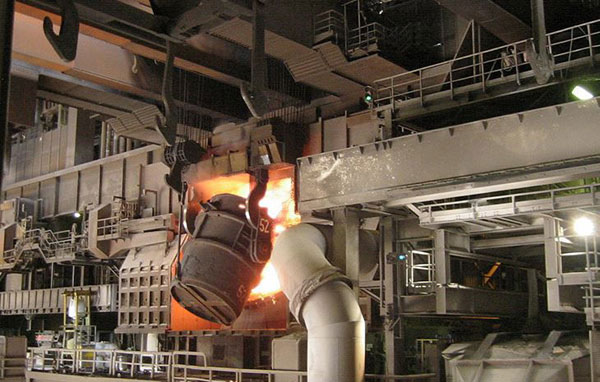
The use of refractory materials is significant in the iron and steel metallurgy industry. APAC is the largest consumer of refractory materials. China, India, and Japan together account for half of global steel production. Low labor costs and abundant raw materials have made the steel industry in these regions flourish. Next in use are Europe and America.
Refractory materials are used for a variety of industrial applications. Typical uses include internal linings of furnaces and the transportation of liquid metal and slag. Other applications include non-metallurgical processes such as coke calciners and sulphur furnaces. Since many of these materials are subject to high temperatures and pressure, careful selection is essential.

A refractory material has a defined melting point and a specific porosity profile. These properties are necessary for certain applications. Understanding these properties is crucial for the design of contemporary foundry processes.
Refractories are solids that change their volume at a given temperature. This change in volume can be allotropic or due to chemical reactions that alter the specific gravity of the material. Some of the common reactions include liquid phase formation, sintering reactions, and fluxing with dust. These reactions can also cause the material to expand or contract.
The global refractory materials market is largely driven by increasing investments in the steel and iron sectors. These sectors are characterized by increasing demand for steel and iron for construction and infrastructure projects. In addition to this, refractory materials are also widely used for thermal insulation purposes. According to a recent report published by the Indian Steel Association, the size of the refractory market is estimated to be approximately US$2 billion by 2024.
Refractories are a class of materials used in the metallurgy industry. These materials can either be conducting or insulating, depending on their chemical composition. Silica refractories are made from silica gravel deposits and contain relatively low amounts of alumina and alkali. They have excellent load resistance in high temperatures and are often used in glass-melting furnaces.
Refractory materials are used in the iron and steel metallurgy industry in many different applications. They are used in blast furnaces, direct reduction modules, coke oven batteries, and electric furnaces, among other applications. They also play a role in the pretreatment of raw materials and are used in casting systems. These materials are required to withstand high temperatures and corrosive environments.

Write a Message